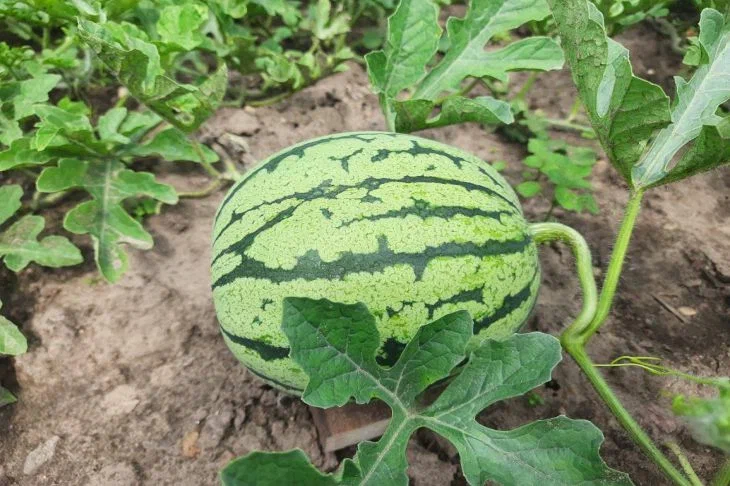Who said that watermelons grow only in the south? The secret to success is in choosing early-ripening varieties and soil warming tricks.
Start by preparing a “warm” bed
Dig a trench 30 cm deep, fill it with manure, sprinkle with soil and cover with black film for a week.
When the soil temperature reaches 25 degrees Celsius, plant the seeds.

But the most important thing is the formation of the vines. As soon as the fifth leaf appears, pinch the top so that the plant does not waste energy on greenery.
Leave only 2-3 vines, and no more than two fruits on each. Otherwise, the watermelons will be small and not sweet.
And to protect them from the cold, build a mini-greenhouse from arcs and film. Open it during the day for pollination by bees, and close it at night.
And remember: watermelons don't like rain. Cover them with buckets or umbrellas during heavy rains to prevent the berries from cracking.
How to achieve sweetness
The secret is in the feeding. Water the watermelons with water with wood ash added once every two weeks (1 glass per 10 l).
Sugar accumulates thanks to potassium. And watermelons also love beer. Yes, yes, don't be surprised!
Dilute 500 ml of live beer in 10 liters of water and spray the leaves. Yeast will strengthen the immune system and accelerate growth. Just do not use pasteurized - it does not contain beneficial bacteria.
Don't forget about pollination
If there are few bees, do it manually. Pick a male flower (it has no ovary) and gently rub it on the female flower.
The best time is in the morning, when the pollen is wet. And to prevent the fruits from rotting on the ground, put some boards or straw under them.
And the last piece of advice: don't rush to clean up! A ripe watermelon has a dull rind, a yellow spot on the side, and a dry stalk. Knock on it - a dull sound will tell you it's time to enjoy.
